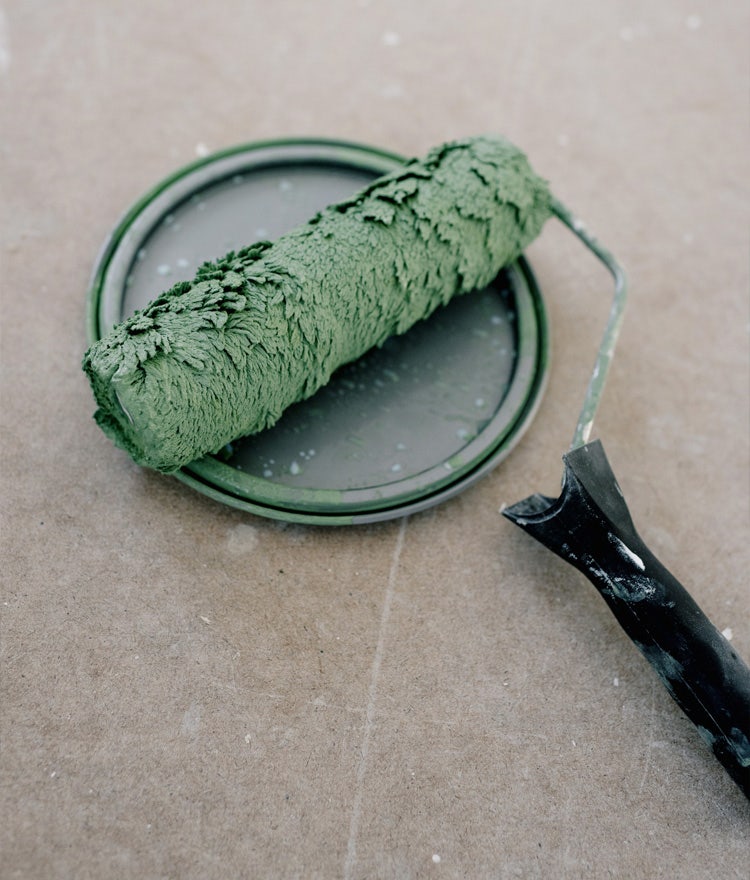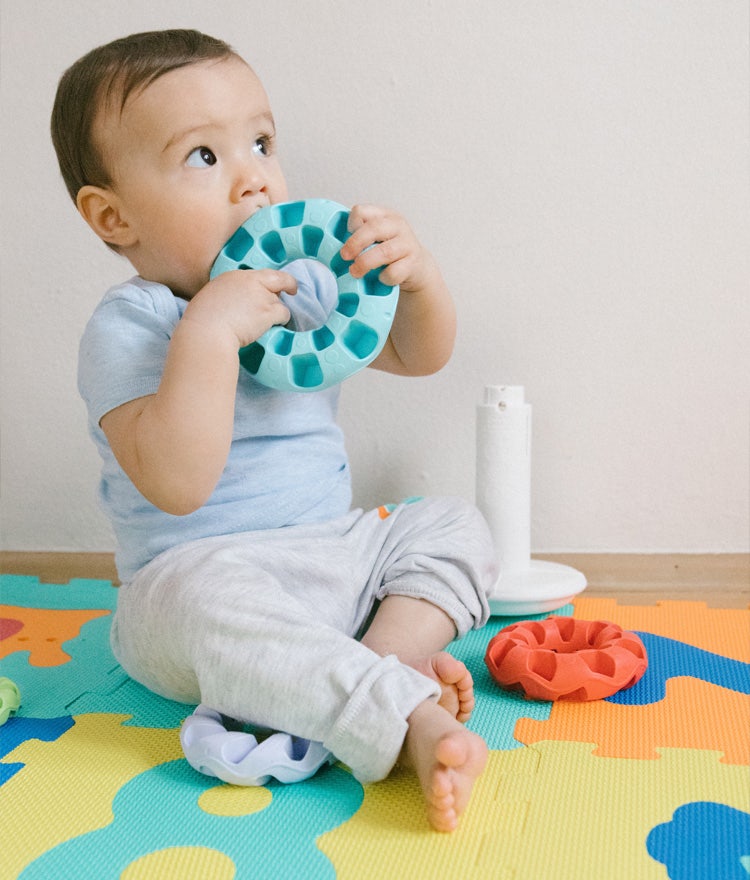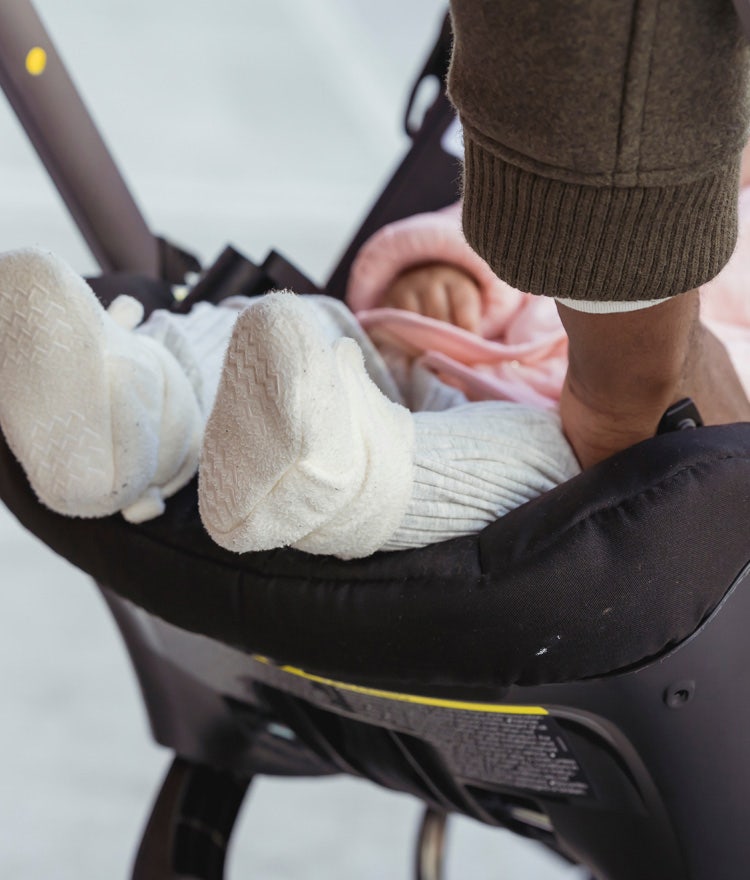As a parent, one of the greatest gifts you can give your child is a safe, healthy environment at home. Unfortunately, in today’s world where everything from the food we eat to the couch we lounge on commonly contains chemical additives, making achieving this is harder than ever.
Even the most Pinterest-worthy homes have environmental toxins lurking and causing harm to health. Considering there are 85,000 synthetic chemicals in use today, with only a handful banned and fewer than 10% even tested for their impact on human health, avoiding environmental risks at home can be tricky.
In fact, it’s not possible to avoid chemical risks 100% of the time. However, environmental toxins are impacting children’s health at alarming rates, and while you can’t eliminate them all, you can take significant measures.
Children’s Susceptibility to Environmental Risks
Many children today suffer from chronic health conditions, and there is a link between the development of these issues and the accumulation of environmental toxins in the body. Developing fetuses can even accumulate toxins in the womb, which means children are born already exposed to toxic chemicals.
Harmful chemicals, like PFAS, can pass through the umbilical cord as well as through breast milk. Children are often thought of as “resilient,” but the truth is that they aren’t – they are fragile and still developing.
Kids have higher respiratory rates, consume more than adults proportionately, and have bodies and brains that are not fully developed, which makes them more susceptible to environmental stressors. Additionally, the amount of toxins they are bombarded with in relation to their overall size and weight is disproportional.
What’s the Effect of Environmental Risks for Kids?
Environmental toxins can impact every body system and have the power to interfere with both body and brain development in children. This exposure may present itself as behavioral issues or as physical issues, like asthma, obesity, cancer and more. Environmental factors are also a well-known cause for early onset puberty, which is on the rise.
Recurrent infections can be an indicator of a weakened immune system that is a result of repeated exposure to environmental toxins. And, even more “normalized” conditions in children, like ADHD or sleep disorders, can all tie back to exposure to environmental risks.
6 Common Environmental Hazards in the Home
It’s only natural to want to protect your child from any potential harm, but when it comes to reducing exposure to environmental risks, it may be hard to know where to begin. Here are some of significant environmental hazards in the home and where to find them:


1. Lead
A dangerously potent neurotoxin, lead has been shown to reduce IQ levels, impact behaviors and slow brain development. It can be found in lead-based paints, tap water, and even baby food and formula. Additionally, leaded gasoline accounts for as much as 90% of airborne pollution and exposure.
Children’s digestive systems absorb lead at a much higher rate than adults. Because it can contaminate everything from soil and air to drinking water and food, lead poses a significant threat to children and their health.
2. Smoke
This is a no-brainer but important to mention. Not only is cigarette smoke a longtime environmental toxin, but now kids are exposed to “smoke” emitted from vape devices, too. Exposure to environmental tobacco smoke and vape clouds can cause respiratory issues in children and contribute to the development of asthma. The dangers of secondhand cigarette smoke for babies and kids are well documented and include:
- Increased ear infections
- Coughing and wheezing
- Shortness of breath
- Respiratory infections/pneumonia
- Correlation with SIDS




3. Pesticides
Pesticides often contain the known carcinogen glyphosate. Conventional agriculture in America uses an abundance of pesticides that result in food and textiles like cotton being contaminated. In addition to casing cancer, glyphosate poisoning can lead to digestive issues, anxiety, shortness of breath, fatigue and more.
Children are most commonly exposed to pesticides through food, as well as yards that have been sprayed to kill weeds and protect against insects. However, don’t underestimate the pesticide residue that may be lurking on your kid’s clothing, bedding, mattress and other items made with non-organic cotton.
4. PFAS
Perflourinated compounds (PFAS) are a large group of synthetic chemicals found in many everyday materials because they repel water, resist grease and stains, and reduce friction. PFAS are what make nonstick cookware work. However, the downsides are many. Exposure to PFAS has been linked to kidney cancer, lowered birth weights, immune suppression and endocrine system disorders.
Nonstick cookware isn’t the only place you’ll find PFAS in your home. Your child could be exposed to PFAS via waterproof mattresses, carpets, paints and varnishes, cleaning solutions, coated paper products … honestly, the list goes on. Rest assured that Naturepedic does not use any PFAS in our waterproof organic kids mattress. Learn how we do it here.




5. Vinyl (Phthalates)
Phthalates, chemical compounds commonly added to plastics, are a hazard you definitely want to be aware of. This is in part because your kids can come into contact with them virtually anywhere. Phthalates are used in so many “kid-friendly” items, such as:
- Waterproof mattresses and other vinyl sources
- Plastic toys
- Plastic food containers and packaging
- Wall coverings
- Detergents
- Shampoo, soaps and bubble bath
- Much more
Phthalates in children have been linked to asthma, allergies, learning difficulties, behavioral disorders, hormonal disruption and more. Again, you won’t find this harmful substance in our waterproof mattresses.
6. Flame Retardant Chemicals
This can be a confusing one because “flame retardants” sound like an excellent idea. Who doesn’t want to keep their child safe if a fire starts in the home?
However, chemical flame retardants are simply a cheap, easy way to provide fire safety – while introducing the problem of harmful chemicals. Flame retardants are commonly found in foam crib mattresses, highchairs, car seats, strollers, pajamas and more … despite being linked to neurodevelopment problems, endocrine disruption, cancer and other serious health concerns.
Genuinely organic manufacturers will not use chemical flame retardants. For example, Naturepedic easily meets all government flammability regulations without using flame retardant chemicals. We use organic materials and have built fire safety right into our non-toxic mattress designs.


7 Changes Your Family Can Make at Home
Don’t panic. There are simple changes your family can make to ensure your children live in a less toxic and safer home. Here are some great ways to get started:
- Test your home for lead paint hazards or use low VOC paint
- Buy organic as much as possible, looking for USDA or GOTS certifications
- Limit motor vehicle idling when children are in the car or nearby
- Only use filtered water for showering, bathing, drinking and making baby formula
- Start reading ingredient labels and look up what you don’t recognize
- Reduce your use of vinyl and cheap plastic
- Opt for non-toxic mattresses and bedding, furniture, clothing, personal care items and more, looking for GOTS and MADE SAFE® seals
Investigate Your Child’s Bedroom for Culprits
Like we said, with PFAS, phthalates and flame retardant chemicals, your child’s bedroom can be a major culprit for environmental toxin exposure. Because kids spend so much time in this space, either playing or sleeping, it’s important to make it as safe and healthy as possible.
Naturepedic can help! When you shop the Naturepedic Kids Collection, you can rest assured that you're purchasing certified organic and non-toxic mattresses and bedding for your little one.
 BABY
BABY  KIDS
KIDS  ADULT
ADULT  LEARN
LEARN  STORES
STORES 